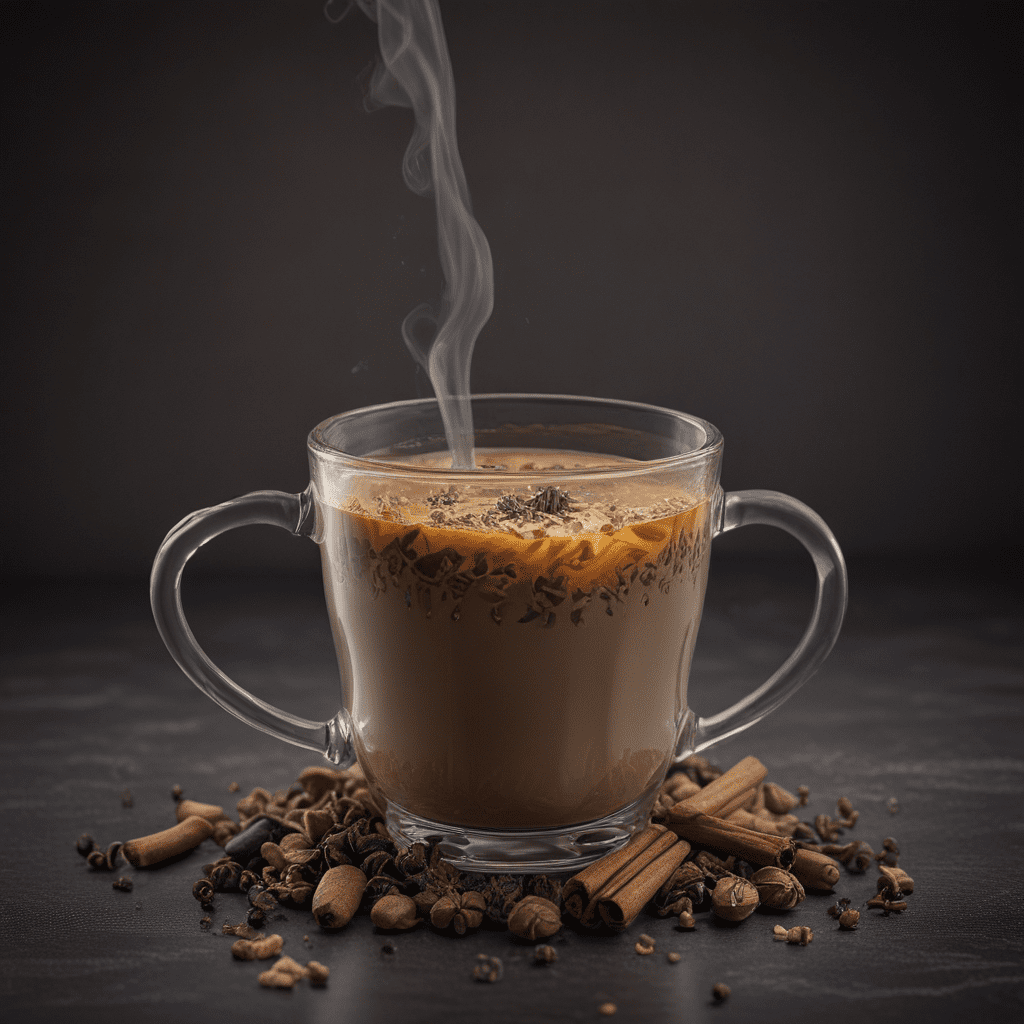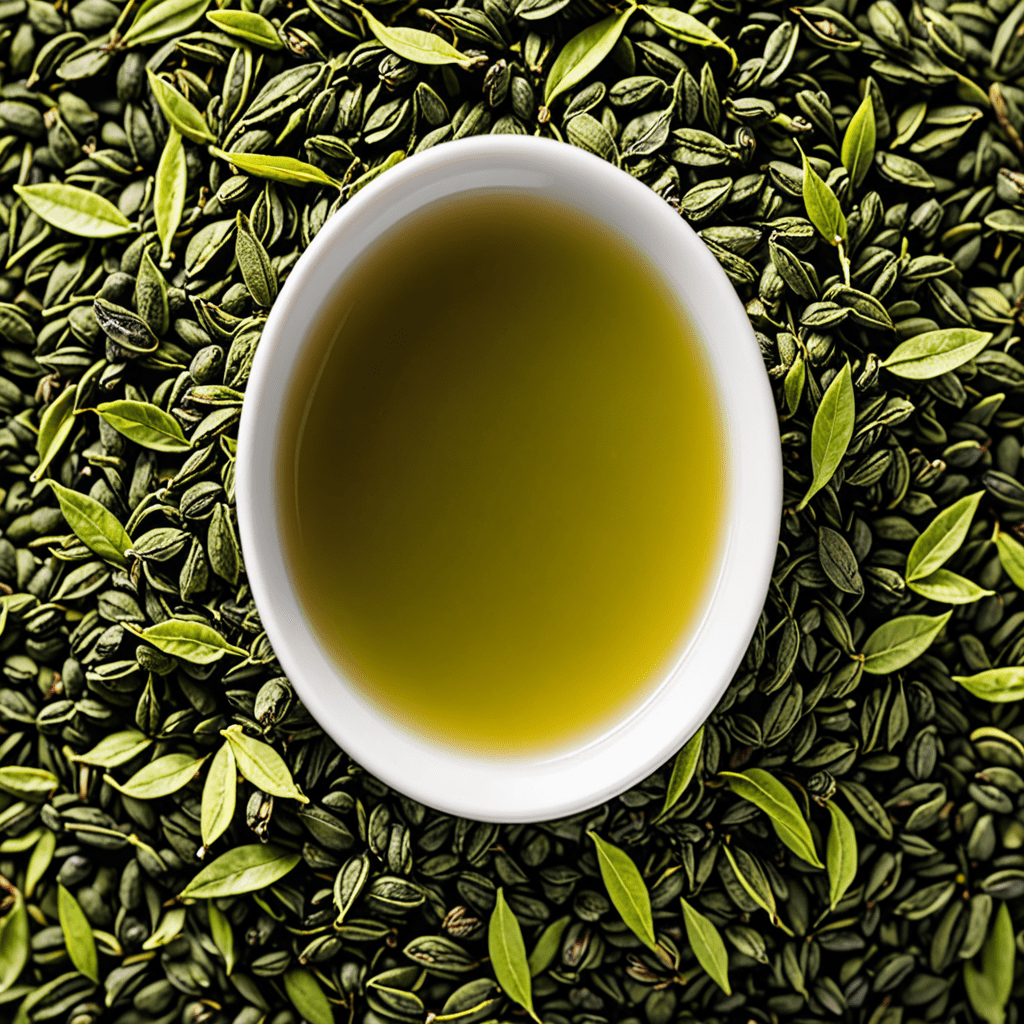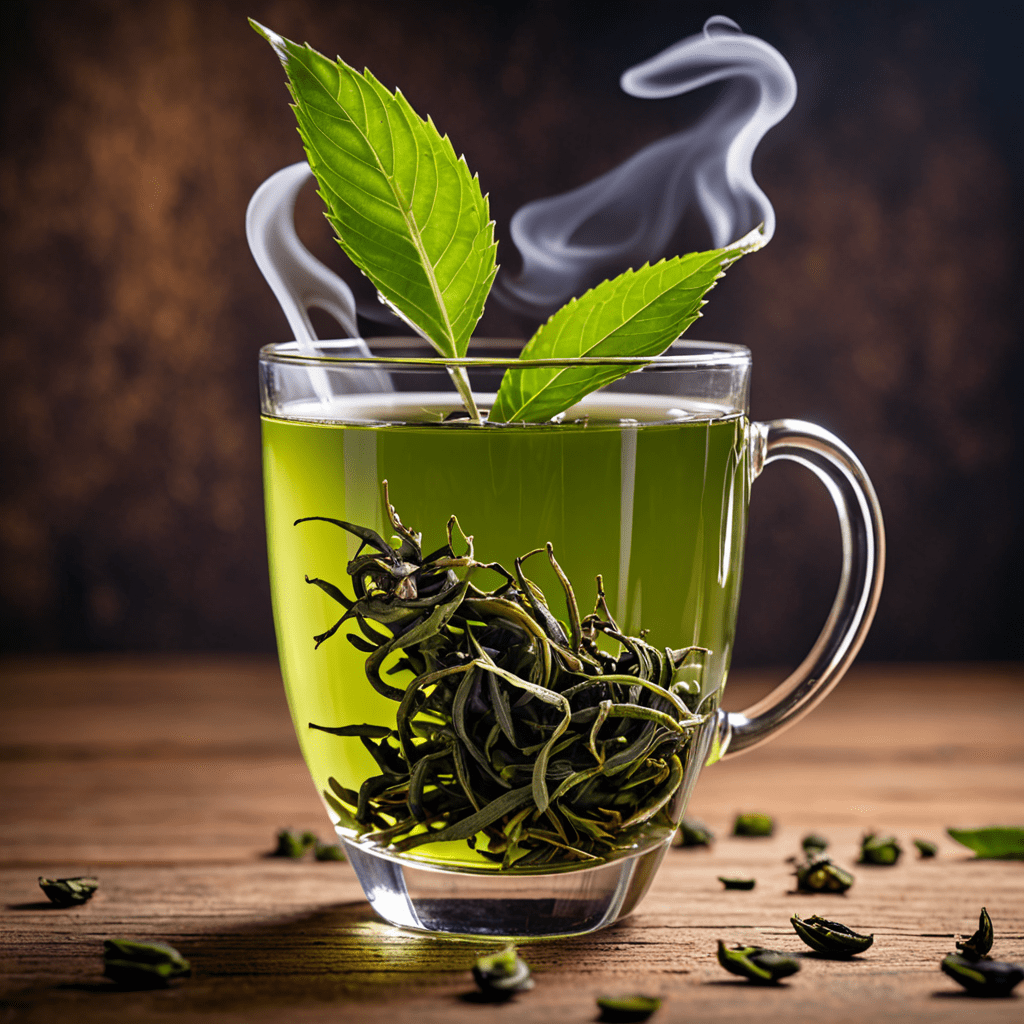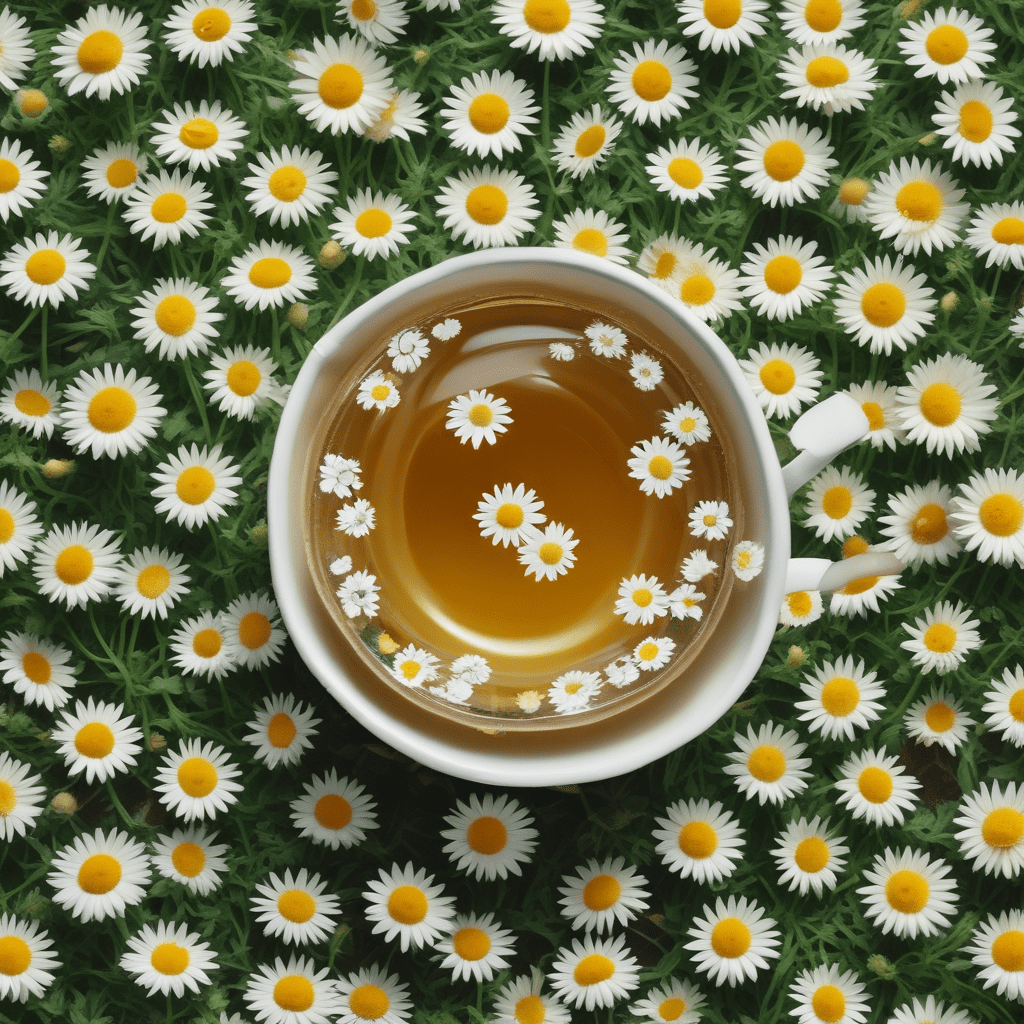
Chai Tea: A Culinary Delight
Chai tea, an aromatic and flavorful beverage, has captivated tea enthusiasts with its distinctive blend of spices and black tea. Originating from the Indian subcontinent, chai tea has transcended geographical boundaries, becoming a beloved drink enjoyed worldwide.
Historical Roots and Origins
Chai tea's rich history dates back centuries, tracing its roots to traditional Ayurvedic medicine. Ancient Indian healers utilized a concoction of herbs and spices known as "kadha" to promote health and well-being. Over time, this practice evolved, with black tea becoming a prominent ingredient, resulting in the creation of chai tea as we know it today.
The Intriguing Blend of Spices
The hallmark of chai tea lies in its complex blend of spices. Cardamom, cinnamon, ginger, black pepper, and cloves are among the most commonly used, each contributing its unique flavor and aroma. Nutmeg, star anise, and saffron are also frequently added, creating a symphony of tastes and scents.
The Essence of Black Tea
Black tea forms the backbone of chai tea, providing a robust and slightly bitter base. Assam, Darjeeling, and Nilgiri are some of the preferred black tea varieties used in its preparation. The strength and intensity of the black tea influence the overall flavor profile of the chai.
Health Benefits and Therapeutic Properties
Traditionally, chai tea was believed to possess medicinal properties. Its blend of spices, such as ginger and black pepper, is often associated with aiding digestion, reducing inflammation, and boosting immunity. Modern research has begun to corroborate these claims, exploring the potential health benefits of chai tea.
Preparation Techniques and Rituals
Chai tea preparation is an art form, with each culture and region having its unique rituals. Traditionally, chai tea is simmered in a pot with milk and sugar over an open fire. However, modern methods include using tea bags or loose-leaf tea, heating the mixture on a stovetop or in the microwave. The length of the simmering process and the proportions of spices and tea leaves can be adjusted to suit personal preferences.
Variations in Chai Across Cultures
Chai tea's global popularity has led to regional variations. In India, it is typically served with milk and sugar, while in Tibet, it is often mixed with salt and yak butter. Middle Eastern variations incorporate cardamom and saffron, while in North Africa, mint and orange blossom water are common additions. These variations showcase the adaptability and versatility of chai tea, appealing to a wide range of taste buds.
The Sensory Experience: Aroma, Taste, and Texture
Chai tea engages the senses with its captivating aroma, rich taste, and distinct texture. The blend of spices creates a symphony of scents that tantalize the nose, while the black tea provides a robust base. The addition of milk and sugar balances the bitterness of the tea, resulting in a creamy and comforting texture. Each sip offers a harmonious blend of flavors and aromas, leaving a lasting impression on the palate.
Chai Tea as a Cultural Expression
Chai tea transcends its role as a beverage; it has become an integral part of many cultures. In India, it is a social custom to share a cup of chai tea with guests, symbolizing hospitality and warmth. In the Middle East, it is often served at gatherings and celebrations. Chai tea has also found its place in Western cultures, where it is enjoyed as a cozy and aromatic drink, fostering a sense of community and belonging.
The Enduring Allure of Chai Tea
Chai tea's enduring popularity lies in its ability to satisfy both the palate and the soul. Its versatility allows it to adapt to different tastes and cultures, making it a universally loved beverage. The warmth and comfort it provides make it an ideal companion for any occasion, from cozy gatherings to solitary moments of reflection. As the world continues to evolve, chai tea's appeal will undoubtedly remain strong, captivating generations to come.
FAQ
What is the ideal ratio of spices to tea leaves in chai tea?
The ratio of spices to tea leaves in chai tea can vary based on personal preferences. A common starting point is one tablespoon of spices to three tablespoons of black tea.
Can chai tea be made without milk?
Yes, chai tea can be made without milk. Some variations, like the Tibetan version, use salt and yak butter instead. Others may prefer to use almond milk, soy milk, or coconut milk for a dairy-free alternative.
What is the best way to store chai tea?
Chai tea should be stored in an airtight container in a cool, dry place. Whole spices can be stored for up to a year, while ground spices should be used within six months.


